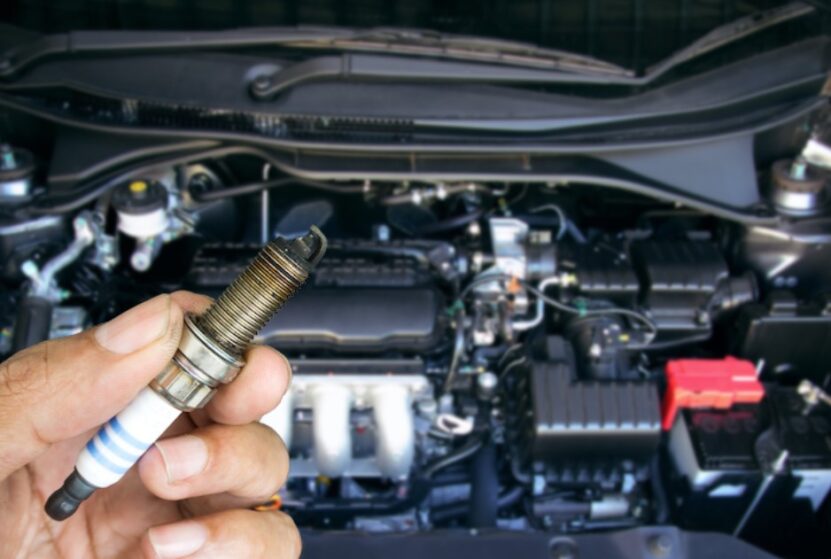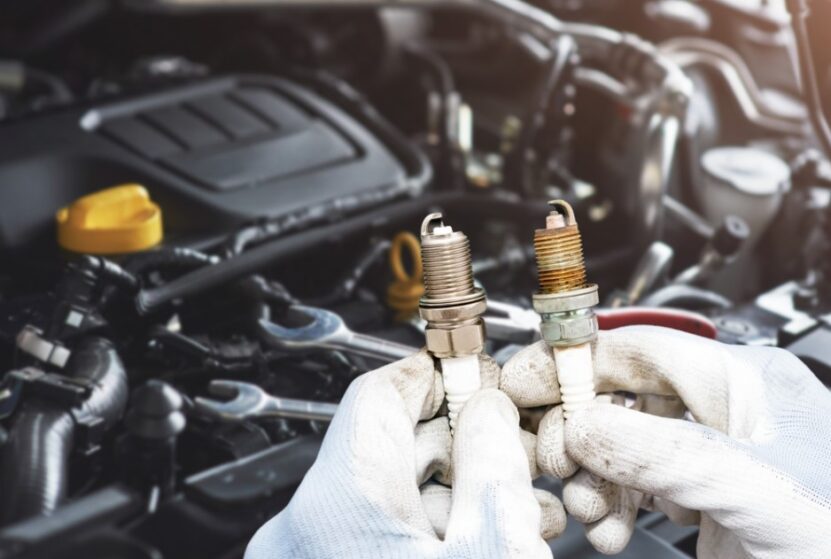Spark plug wires are an essential component of your car’s ignition system. Responsible for transmitting the electrical current from the ignition coil to the spark plugs, they play a pivotal role in ensuring smooth engine operation.
However, like all car parts, spark plug wires can wear out or get damaged over time, leading to a host of performance issues. In this comprehensive guide, we will explore the common signs of bad spark plug wires, how to diagnose the problem, and what you can do to address it.
The Importance of Spark Plug Wires
To understand the impact of bad spark plug wires on your vehicle’s performance, it is essential to know their role in the ignition system. Spark plug wires transmit high-voltage electrical current from the ignition coil to the spark plugs, which in turn ignite the air-fuel mixture in the engine’s combustion chamber. This process is critical for generating the power needed to propel your vehicle.
When spark plug wires are in good condition, they deliver the necessary current without resistance, ensuring optimal engine performance. However, when they begin to wear out or get damaged, they can cause a range of issues, from reduced fuel efficiency to more severe engine problems.
Common Signs of Bad Spark Plug Wires

The following are the most common signs that your vehicle’s spark plug wires may be faulty:
1. Engine Misfires
One of the most noticeable symptoms is engine misfires. A misfire occurs when the engine fails to fire on all cylinders, causing a noticeable loss of power and a rough idle. Misfires can be intermittent or persistent, and they can cause additional stress on the engine and its components.
2. Poor Fuel Economy
Damaged or worn spark plug wires can lead to a decrease in fuel efficiency. This is because the inconsistent flow of electricity to the spark plugs may cause incomplete combustion, resulting in unburned fuel and reduced engine performance. If you notice a sudden drop in your vehicle’s gas mileage, it may be due to faulty spark plug wires.
3. Difficulty Starting the Engine

If your car struggles to start or requires multiple attempts, bad spark plug wires could be the culprit. Worn-out wires may not transmit enough current to the spark plugs, preventing the engine from starting. This issue may be more noticeable in colder weather, as the electrical resistance in the wires can increase in low temperatures.
4. Poor Acceleration and Power
A vehicle with faulty spark plug wires may experience sluggish acceleration and reduced overall power. This is because the inconsistent electrical current being delivered to the spark plugs can hinder the combustion process, resulting in less engine power.
5. Check the Engine Light
The check engine light on your dashboard may illuminate if your car’s computer detects an issue with the spark plug wires. This can be due to a variety of reasons, such as misfires, poor emissions, or other engine-related problems. Keep in mind that the check engine light can also indicate other issues, so it is important to have your vehicle inspected by a professional to determine the exact cause.
6. Visible Damage to the Wires
In some cases, you may be able to see physical signs of damage to the spark plug wires. This can include cracked or frayed insulation, burnt or melted wire ends, or corrosion on the connectors. These visible signs indicate that the wires are no longer able to deliver the necessary current to the spark plugs effectively.
Diagnosing Bad Spark Plug Wires

If you suspect that your spark plug wires may be faulty, there are several diagnostic methods you can use to confirm the issue:
Visual Inspection
Begin by visually inspecting the wires for any signs of damage, such as cracked insulation, frayed wires, or corrosion. Also, check for any loose connections at both the ignition coil and the spark plugs. If you notice any visible issues, it’s likely that the wires need to be replaced.
Ohmmeter Test
Using an ohmmeter, you can measure the resistance of each spark plug wire. Consult your vehicle’s repair manual for the recommended resistance range for your specific make and model. To perform this test, disconnect both ends of each wire and touch the ohmmeter probes to the connectors. If the resistance readings are outside the specified range, the wires are likely faulty and should be replaced.
Cylinder Drop Test
This test can help determine if one or more spark plug wires are causing engine misfires. With the engine running, disconnect each spark plug wire one at a time. If disconnecting a wire causes no change in the engine’s performance, it’s likely that the wire is faulty. Keep in mind that this test should be performed carefully, as you’ll be working with live electrical current. Use insulated pliers or a specialized spark plug wire removal tool to avoid injury.
Replacing Bad Spark Plug Wires
If you’ve determined that your spark plug wires are faulty, it’s essential to replace them as soon as possible to prevent further engine damage and performance issues. The replacement process is relatively straightforward and can be performed by most DIY enthusiasts or by a professional mechanic. Here’s a step-by-step guide to replacing your spark plug wires:
- Gather the necessary tools, such as a spark plug wire removal tool, a set of replacement wires, and a torque wrench.
- Disconnect the negative battery cable to ensure your safety while working on the ignition system.
- Remove the old spark plug wires one at a time. Be sure to take note of their routing and placement to ensure the proper installation of the new wires.
- Compare the new wires with the old ones to ensure they are the correct length and type for your vehicle.
- Install the new spark plug wires, making sure to route them correctly and avoid contact with any hot or moving parts. Connect each wire securely to both the ignition coil and the spark plugs. It’s crucial to avoid mixing up the wires, as this can cause misfires and other issues.
- Reconnect the negative battery cable and start the engine to ensure proper installation and performance. If any issues persist, consult a professional mechanic for further assistance.
Final Words
Bad spark plug wires can cause a range of performance issues and damage to your vehicle’s engine. By understanding the common signs of faulty spark plug wires, you can diagnose and address the problem before it leads to more severe complications.
Regular maintenance, including visual inspections and resistance tests, can help ensure your spark plug wires remain in good condition and keep your engine running smoothly. Whether you’re a DIY enthusiast or prefer to seek professional help, staying proactive about your vehicle’s maintenance is essential for optimal performance and longevity.

